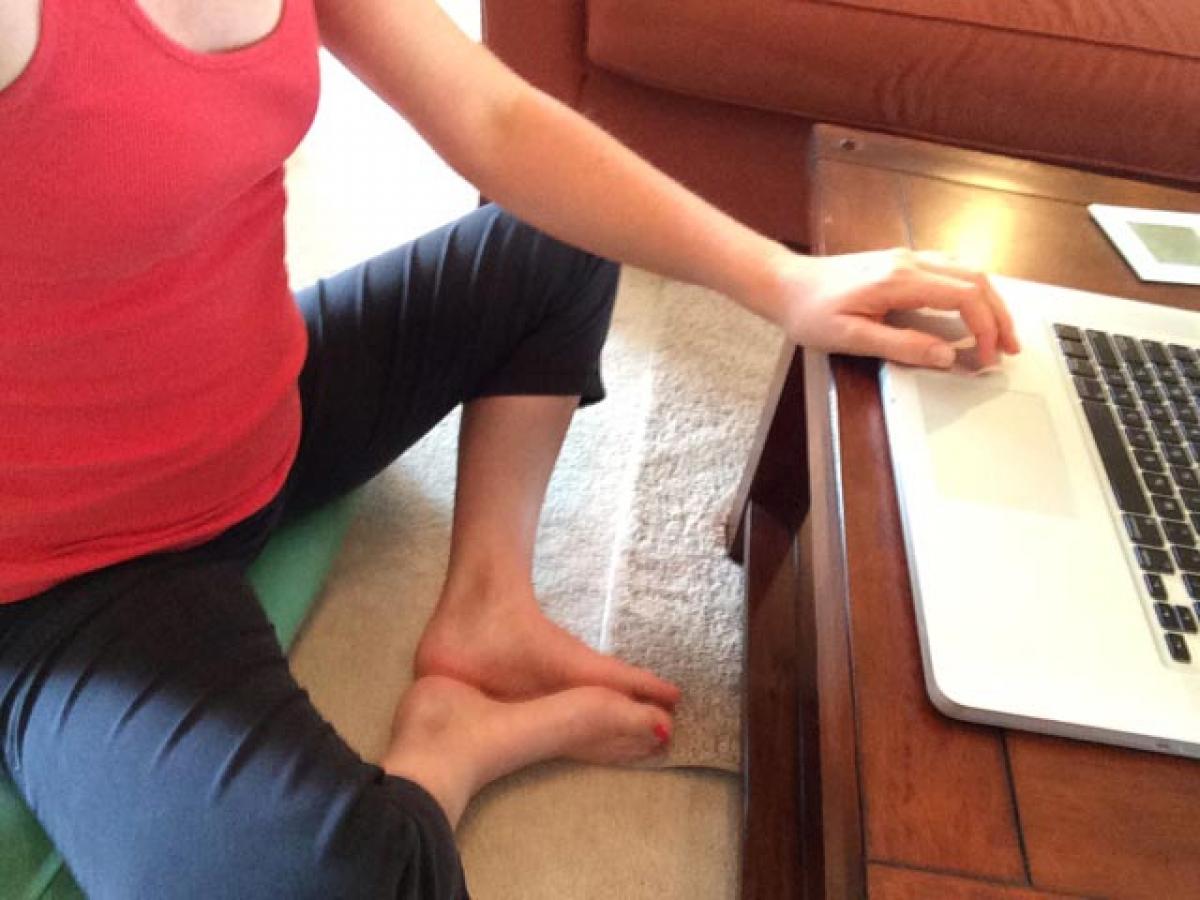Live
- World Heritage Week celebrations conclude
- Coronation of Vishvaraj as Mewar’s 77th successor starts amid questions over palace visit
- Give utmost priority to research: SKLTHU V-C
- IT Min launches ‘Transforming 10,000 Minds’ prog
- TTD Board member interacts with locals in Tirumala
- Uttam prods babus to fast-track irrigation projects across State
- Union minister Pradhan launches 'The Teacher App'
- Oppn members seek more time for JPC on Waqf Bill
- SC upholds ‘secular, socialist’ in Preamble
- RASS conducts Siva Parvathi Kalyanam
Just In

If you spend a lot of time in font of the computer or television, don\'t forget to move your legs every now and then. A new study has found that fidgeting while sitting can protect the blood vessels in legs and potentially help prevent arterial disease.
If you spend a lot of time in font of the computer or television, don't forget to move your legs every now and then. A new study has found that fidgeting while sitting can protect the blood vessels in legs and potentially help prevent arterial disease.
"We wanted to know whether a small amount of leg fidgeting could prevent a decline in leg vascular function caused by prolonged sitting,” said lead author of the study Jaume Padilla, Assistant Professor at the University of Missouri in Columbia.
"While we expected fidgeting to increase blood flow to the lower limbs, we were quite surprised to find this would be sufficient to prevent a decline in arterial function," Padilla noted.
During the study, the researchers compared the leg vascular function of 11 healthy young men and women before and after three hours of sitting. While sitting, the participants were asked to fidget one leg intermittently, tapping one foot for one minute and then resting it for four minutes, while the other leg remained still throughout. On average, the participants moved their feet 250 times per minute.
The researchers then measured the blood flow of the popliteal an artery in the lower leg and found that the fidgeting leg had a significant increase in blood flow, as expected, while the stationary leg experienced a reduction in blood flow, showed the findings published in American Journal of Physiology Heart and Circulatory Physiology.
While only one leg was exposed to fidgeting during the experiment, in a real-world scenario the researchers recommend tapping both legs to maximise the beneficial effects. However, the researchers cautioned that fidgeting is not a substitute for walking and exercise, which produce more overall cardiovascular benefits.
"You should attempt to break up sitting time as much as possible by standing or walking," Padilla said. "But if you're stuck in a situation in which walking just isn't an option, fidgeting can be a good alternative. Any movement is better than no movement," Padilla noted.

© 2024 Hyderabad Media House Limited/The Hans India. All rights reserved. Powered by hocalwire.com







